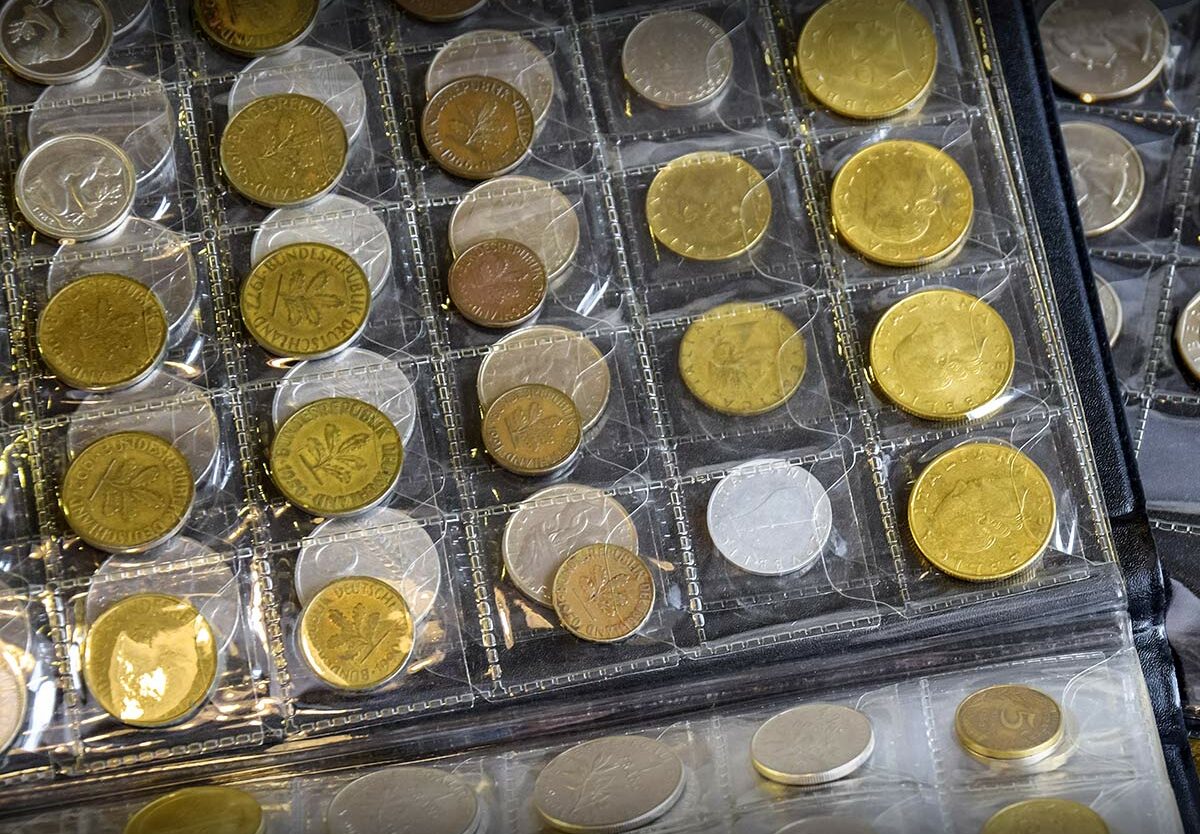National Coin Week occurs on the third week of April and this year it will be observed from April 19 to 25. The week celebrates a popular hobby: collecting coins, paper money, and other numismatic objects. Contrary to some belief, this well-known pastime is not just for elite eccentric individuals — it is rich in the sense that it is closely interrelated with extravagantly rich topics such as history, science, culture, and the arts. National Coin Week was created to give recognition to this hobby of collecting coins practiced by a vast number of people around the world.
History of National Coin Week
National Coin Week commenced in 1923 when Governor Julius Guttag of the American Numismatic Association suggested to the association’s president, Moritz Wormser, that they should come up with a week-long affair devoted to celebrating the hobby of the coin, paper money, and other numismatic objects collecting. The core goal of this proposal was to entice the populace to increase the organization’s memberships and theoretically to help the discipline of coin collecting. It was around this time that they decided to schedule “Coin Week” from February 9 through 16, 1924. This first-ever National Coin Week was announced in “The Numismatist,” a monthly publication of the American Numismatic Association. And so the National Coin Week was established.
According to the American Numismatic Association, a coin is a tangible fragment of history that you can physically hold in your hands. It has a very rich story to tell about the history, culture, and people of the past. This makes National Coin Week very exciting.
Coin collecting also referred to as ‘numismatics,’ is the systematic accumulation and study of coins, tokens, paper money, and objects of similar form and purpose. It is one of the oldest hobbies in the world. The contemporary coin collection started around the 14th Century. In the Renaissance era, coin collecting became a trend among the privileged classes, more particularly for royalties such as kings and queens. Petrarch, the famed Italian scholar, and poet of early Renaissance Italy shaped a conspicuously scientific and arty collection of ancient coins.
National Coin Week timeline
The earliest coin collection begins during the time of Caesar Augustus.
The Italian scholar and poet Petrarch is attributed as one of the earliest coin collecting enthusiasts.
During this time, the declaration of the first-ever National Coin Week is announced in "the Numismatist.”
The first-ever National Coin Week is held.
National Coin Week FAQs
Who was the first coin collector?
Caesar Augustus, also known as Octavian, the first Roman emperor, was supposedly the first-ever coin collector.
How many available coins are there?
At present, there are about 28 billion coins in circulation worldwide.
Who sponsors the National Coin Week?
The American Numismatic Association (ANA) is the sponsor and main organizer of National Coin Week.
National Coin Week Activities
Enroll in webinars and free online courses
It is during this week that free webinars and online courses are offered. Study the vast history and intricacies of the coin. You can even go the extra mile and design your very own coin!
Read and discover
Knowledge is power. You may not be into coin collecting, but learning about this field is interesting. A week spent learning a piece of knowledge about coins and history is fun.
Start coin collecting
Aside from the obvious fun in coin collecting. It could also be a profitable outlay in the long term. Why not have fun and explore an entirely different facet of the hobby, and venture into a profitable investment from it as well.
5 Fascinating Facts About Coin Collecting
U.S. Dollar based on Spanish coin
The Spanish silver made in Mexico City was used as the basis for the dollar coin value.
Originally, gold and silver were used
The original coins were made of specific precious metals, unlike today where coins do not contain gold or silver.
Nickel was not made of nickel
The original five-cent coins made of silver were hard to use and easily counterfeited so it was replaced by a copper-nickel coin
All U.S. coins carry two mottos
The federal law requires all U.S. coins to bear "In God We Trust" and "E Pluribus Unum.”
Some coins are worth millions
A 1794 ‘Flowing Hair’ silver dollar sold at an auction for $10 million, while a 1913 Liberty Head nickel has sold for as much as $5 million.
Why We Love National Coin Week
Coins are interesting and important
National Coin Week is an awesome time to learn about history, culture, politics, and the arts without being bored. It means we will learn about primitive mines, error coins, counterfeit, and commemorative unique or rare pieces.
It gives us a chance to meet and greet
During this week you get to meet with other coin collectors and enthusiasts. You get to learn about the secrets of the trade and the exciting adventures, challenges, and gratifications of finding rare coins.
It is a blast from the past
It sparks an interest in those non-collectors to look at the pocket-change coins we have in a different view. These coins are not useless, because, no matter their value, they are a significant part of history and definitely will influence our future.
National Coin Week dates
| Year | Date | Day |
|---|---|---|
| 2024 | April 21–27 | Sunday–Saturday |
| 2025 | April 20–26 | Sunday–Saturday |
| 2026 | April 19–25 | Sunday–Saturday |
































